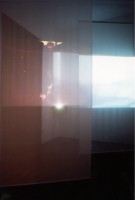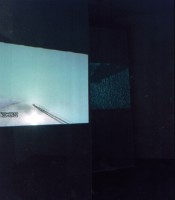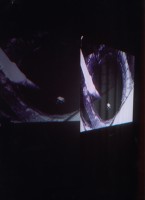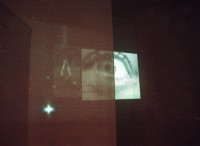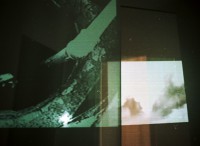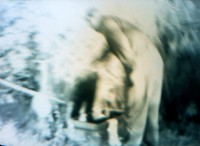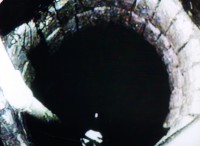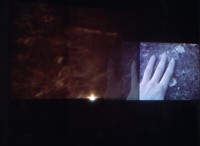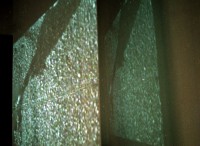- Installations
- Counter Fugue
- Passing Lines
- Two Thirds Are In Our Dreams
- The Crack
- Deck Log
- Mountains, a Timeline of
- Walk the Cloud
- The Clearing
- Imaginary Time
- Counter Memory Project, Mountains as Resistance
- Moving Line
- Gorge
- Home
- Perception of Reality
- Fluctuation
- In Memory of Water
- Rewilding Memory
- Aperture
- Singularity
- Perception
- Even Water
- Persistence Obscura
- Exile
- Silberstreif: walking in restricted times
- Tracing
- Inner Distance
- Nangpa La Pass
- War Crimes Are Being Investigated
- Episode
- C'est l'histoire d'une démocratie qui tombe
- Friendly Fire
- Resonance Fields II
- A Place Before Time
- Beyond Walden @ S.O.M.A
- Walled
- Moving Mountain
- Line of Sight
- Perception Shift
- Log II
- Mirror Fugues
- Mountains Come First
- Moving Mountain II
- Radical Distortion
- Beyond Walden
- Ravine II
- Ravine III
- Free Fall
- Rock/Mountain Gardens
©Copyright 2013-2024
Mirror Fugues, video installation 1999
two video projections, screens
Exhibition | Four Rooms, Kappatos Gallery, Athens
Curator: Efi Strouza
Mirror fugue is a fugue, or rather two fugues, one of which is the mirror image of the other. It is as though a mirror were placed above or below an existing fugue, producing inversions of each interval in each part, as well as inverting the position of the parts within the texture, so that, for example, the topmost part in one fugue is inverted to produce the lowest part in the other. This is well demonstrated by the two four-part fugues of Contrapunctus 12 in The Art of Fugue.
The Art of Fugue (or The Art of the Fugue, original German: Die Kunst der Fuge), BWV 1080, is an incomplete work of unspecified instrumentation by Johann Sebastian Bach (1685–1750). Written in the last decade of his life, The Art of Fugue culminates Bach's experimentation with monothematic instrumental works. It consists of 14 fugues and 4 canons, each using some variation of a single principal subject, and generally ordered to increase in complexity.
